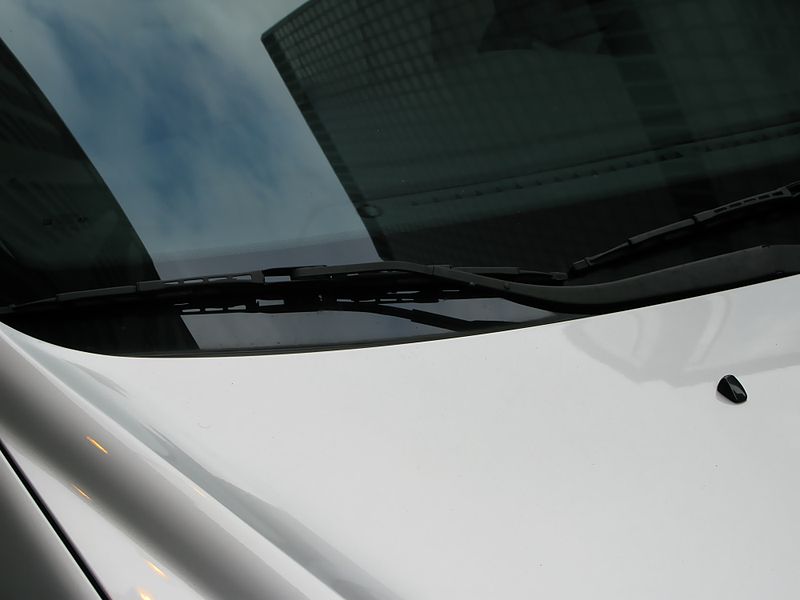 A recent survey has shown that shoppers want to use mobile commerce while in store.
A recent survey has shown that shoppers want to use mobile commerce while in store.
The results of a study conducted by an ad agency named Moosylvania have now been released, revealing that consumers want to be able to use mcommerce to discover more about products before they make their purchases while in-store.
The survey showed that 80 percent of smartphone owners want better optimized product information.
The report, which was entitled “The Shopping Experience in a Smartphone World”, included the responses of 1,874 American adult smartphone owners. The results from this study showed that among the participants, 97 percent had access of some kind to a desktop computer (including at home, at work, or in another location). At the same time 43 percent had access to a tablet.
Moosylvania’s study determined that product information is among the most wanted mcommerce features.
Norty Cohen, the CEO and one of the founders of Moosylvania, stated that speed is “beyond the essence,” for consumers when they are seeking to make a purchase of a product or service. He went on to explain that consumers “are researching reviews, comparing prices, photo sharing and making purchases in seconds, and prefer doing so equally online and in-store,” through the use of mcommerce and other features on their smartphones.
The survey indicated that owners of smartphones have been using apps and mcommerce sites in order to assist in the purchasing process. They have been using these resources to inform themselves before they make their final decisions to buy. Other findings that were produced by the survey include the following:
• 13.4 percent said that they use mobile devices to research products on the weekends.
• 2.7 percent research product information using a mobile device on holidays.
• 10.9 percent stated that they use mcommerce to look into products while they are at work.
• 30.1 percent of the study participants said they were typically away from home when they performed most of their mcommerce product information searches.
• 19.6 percent said that they have used their mobile devices to look into products while watching TV.
• 12.4 percent use their smartphones to research products while they are in-store.
• 10.9 percent of smartphone owners do not use mcommerce resources to obtain product information.

 Looking into the future of AR technology shows possibilities in the automotive sector.
Looking into the future of AR technology shows possibilities in the automotive sector.